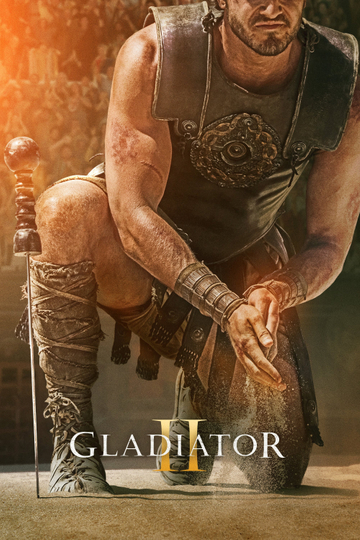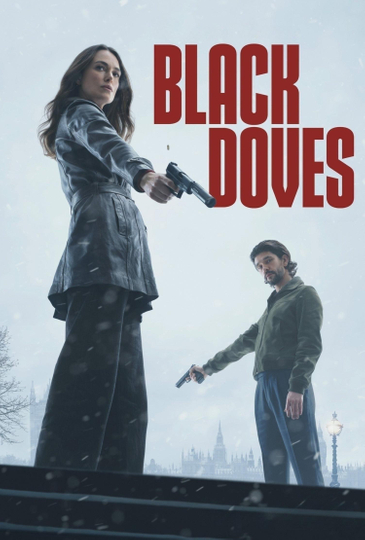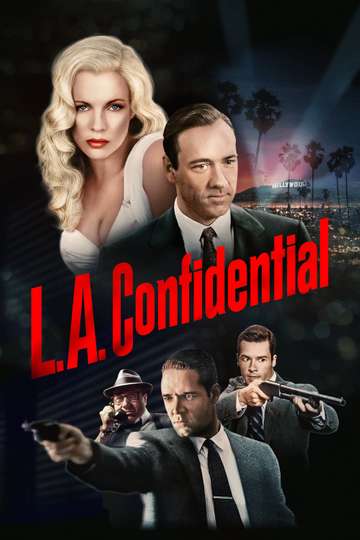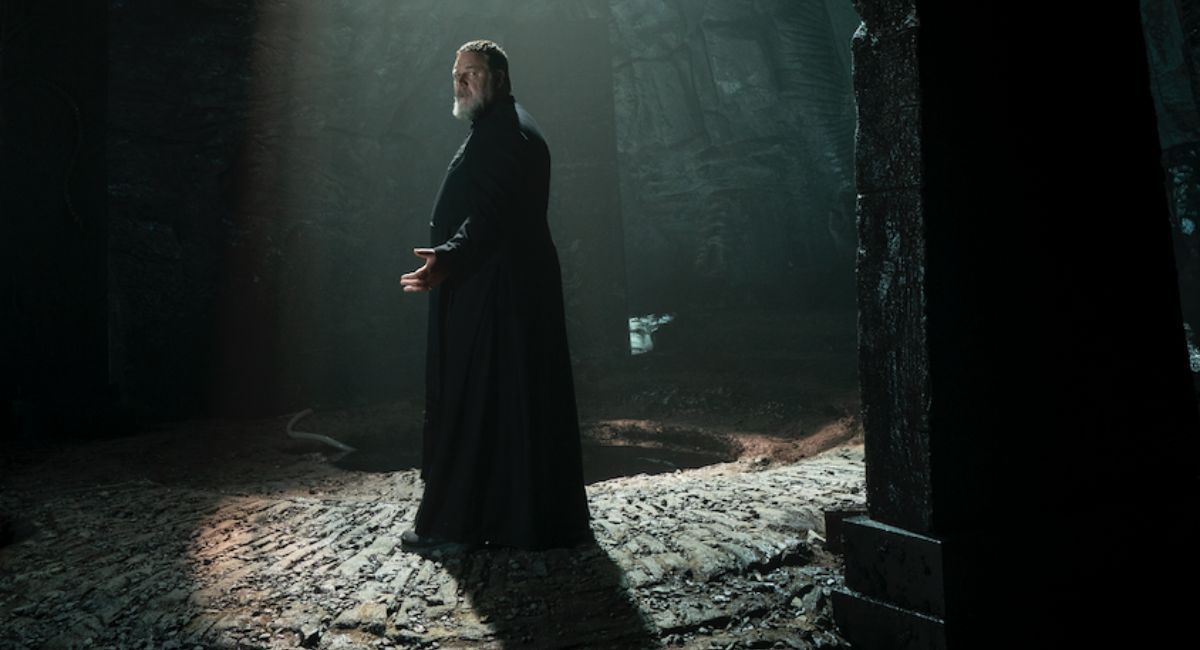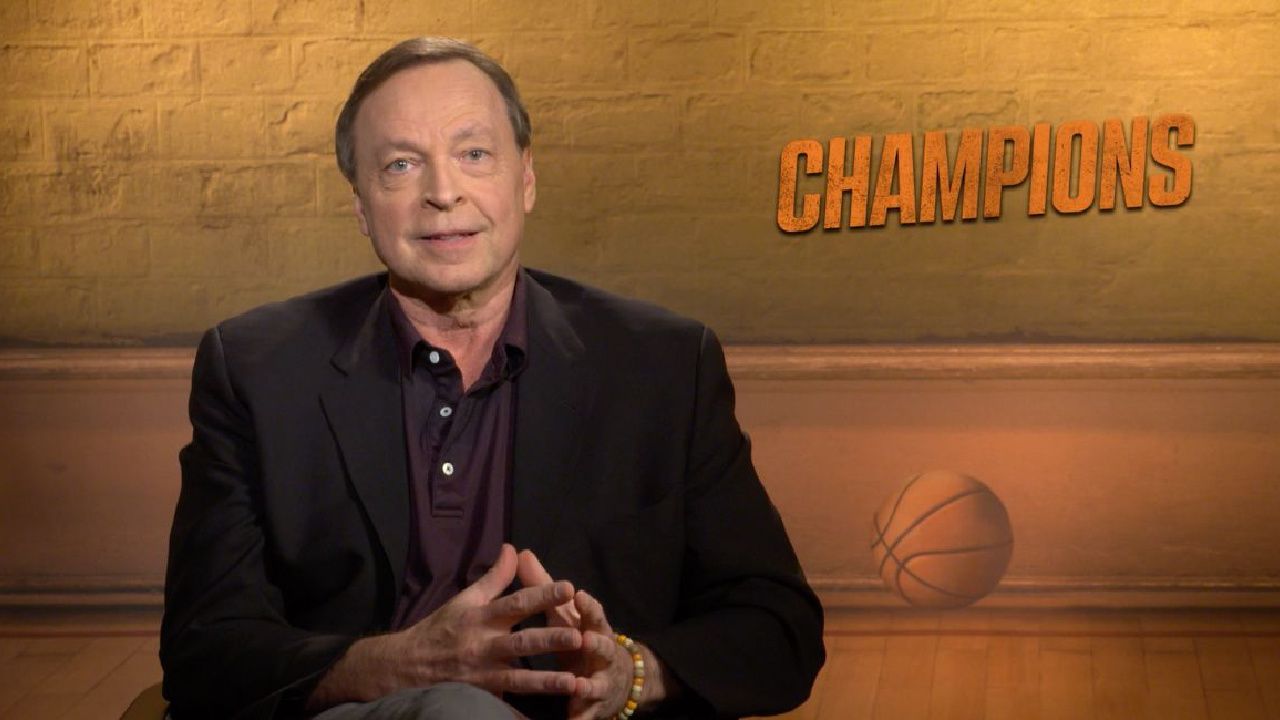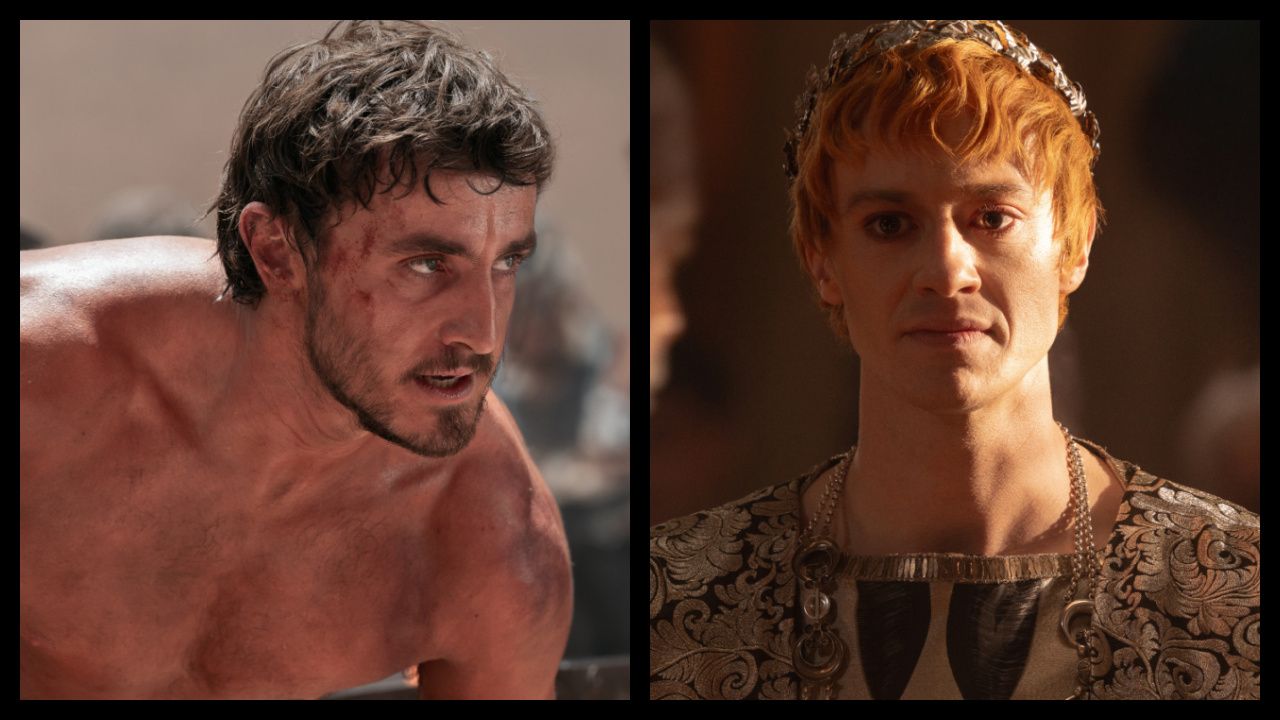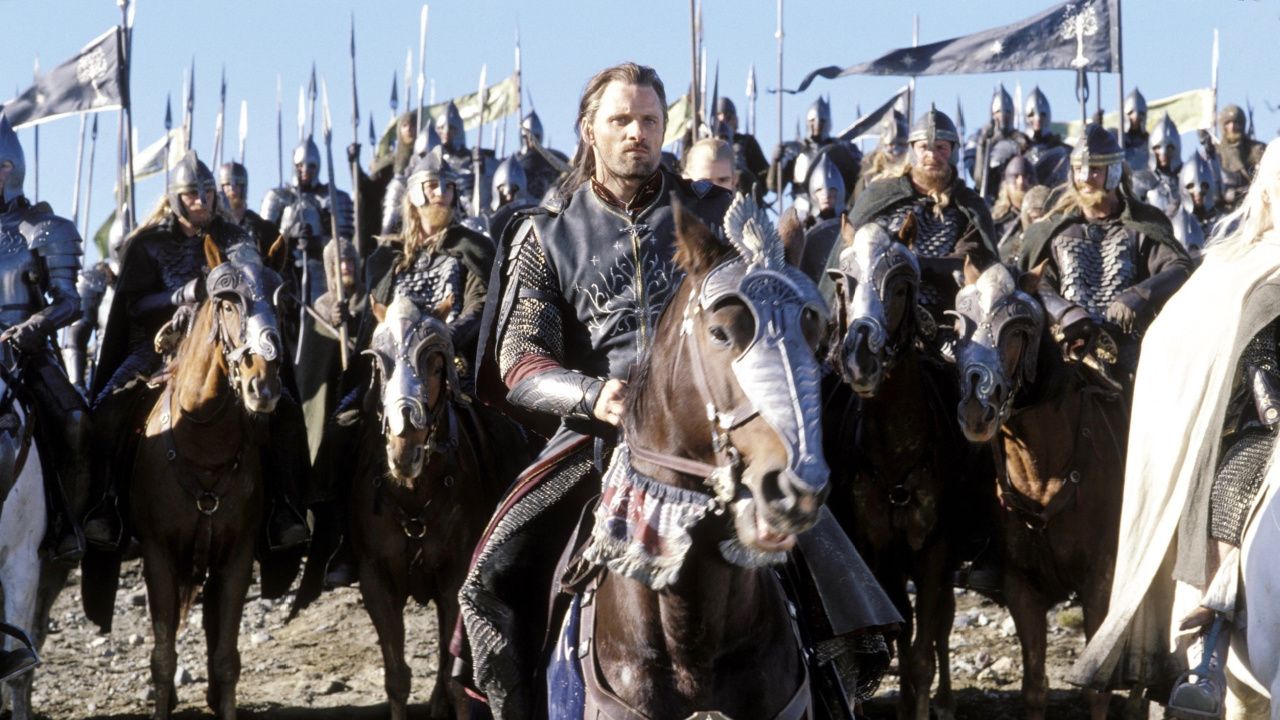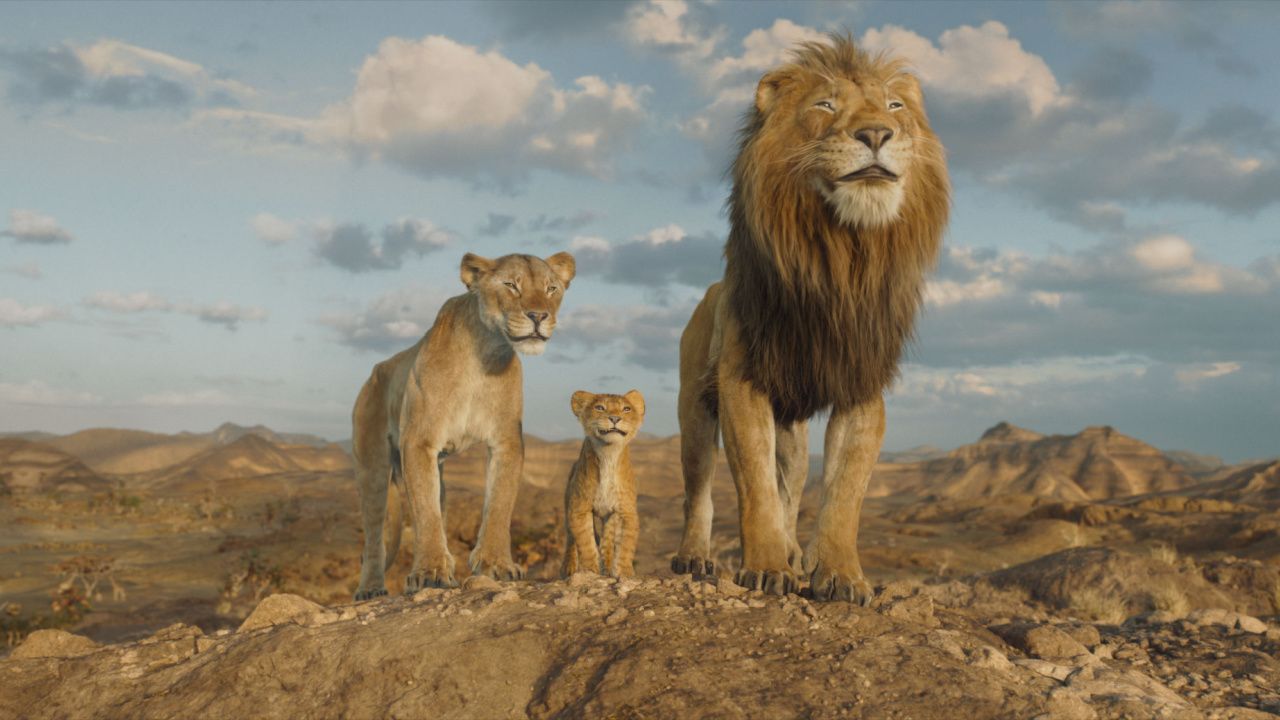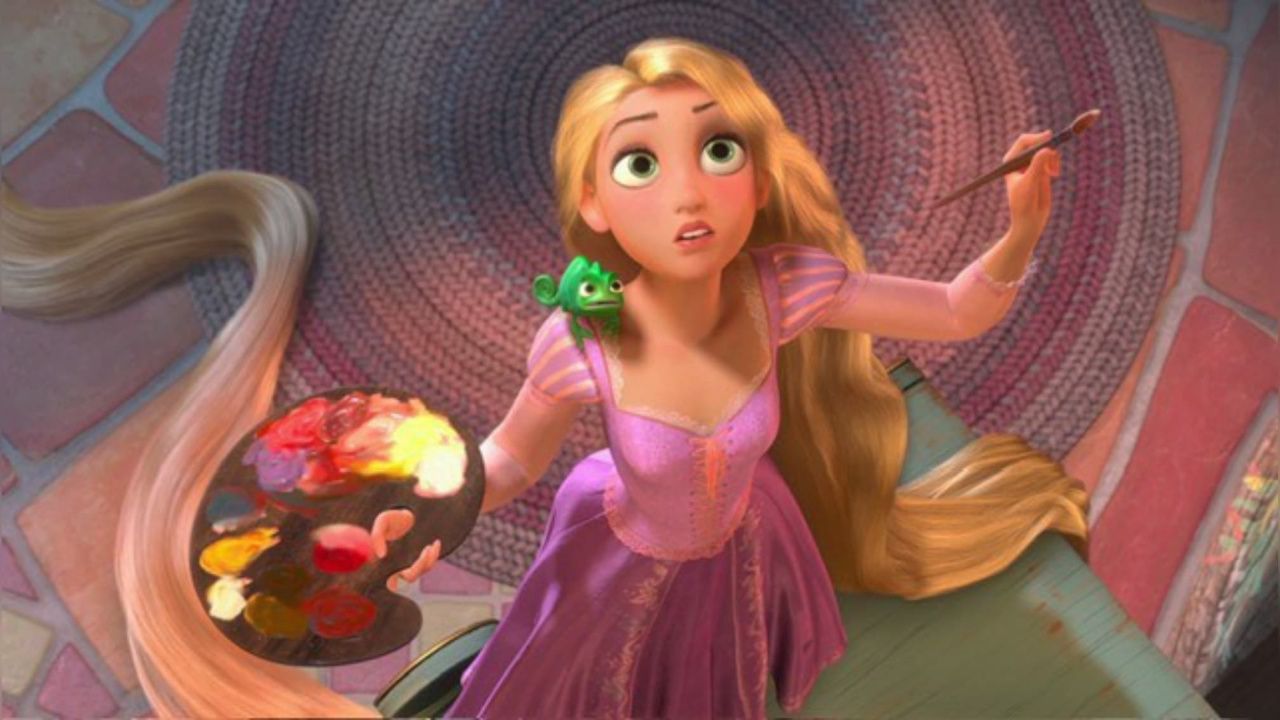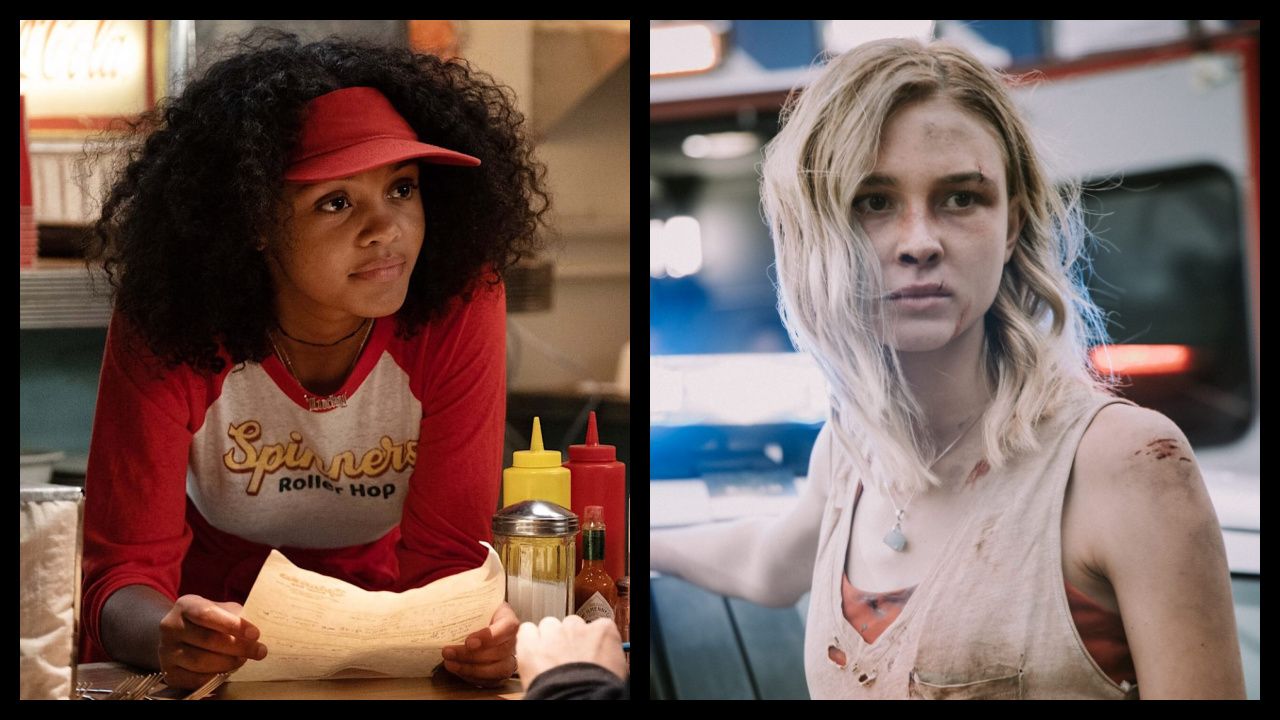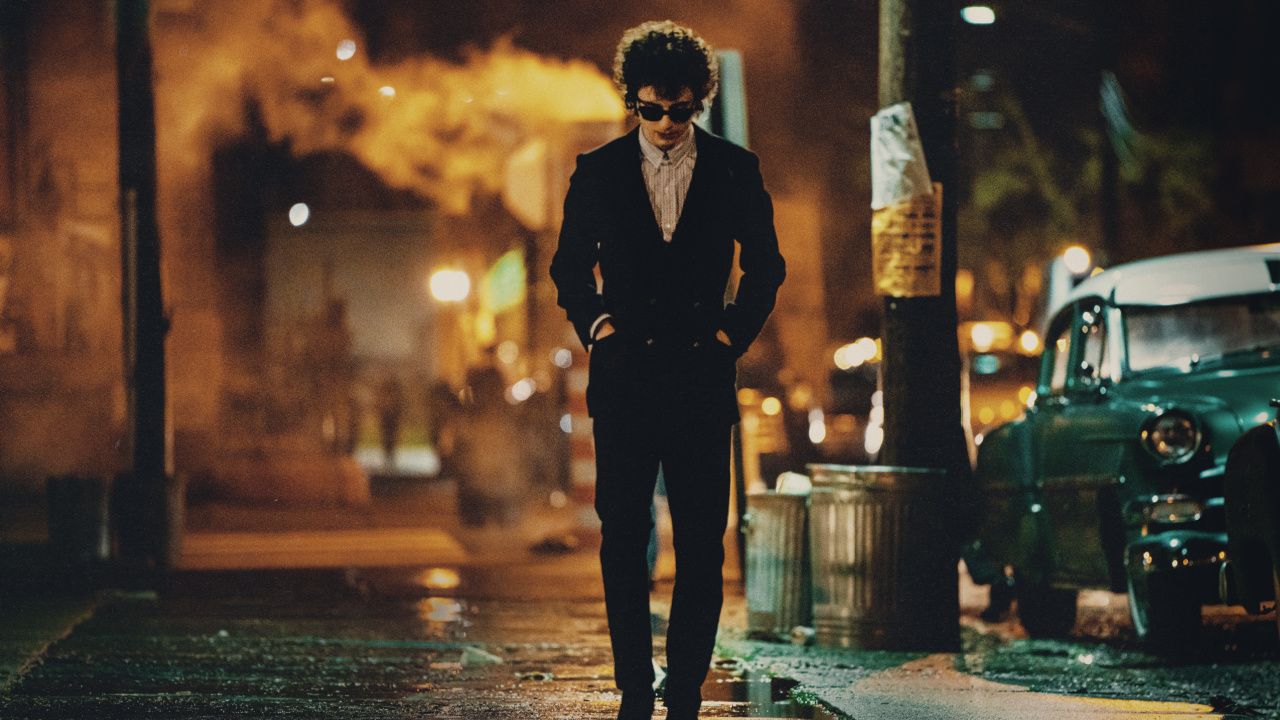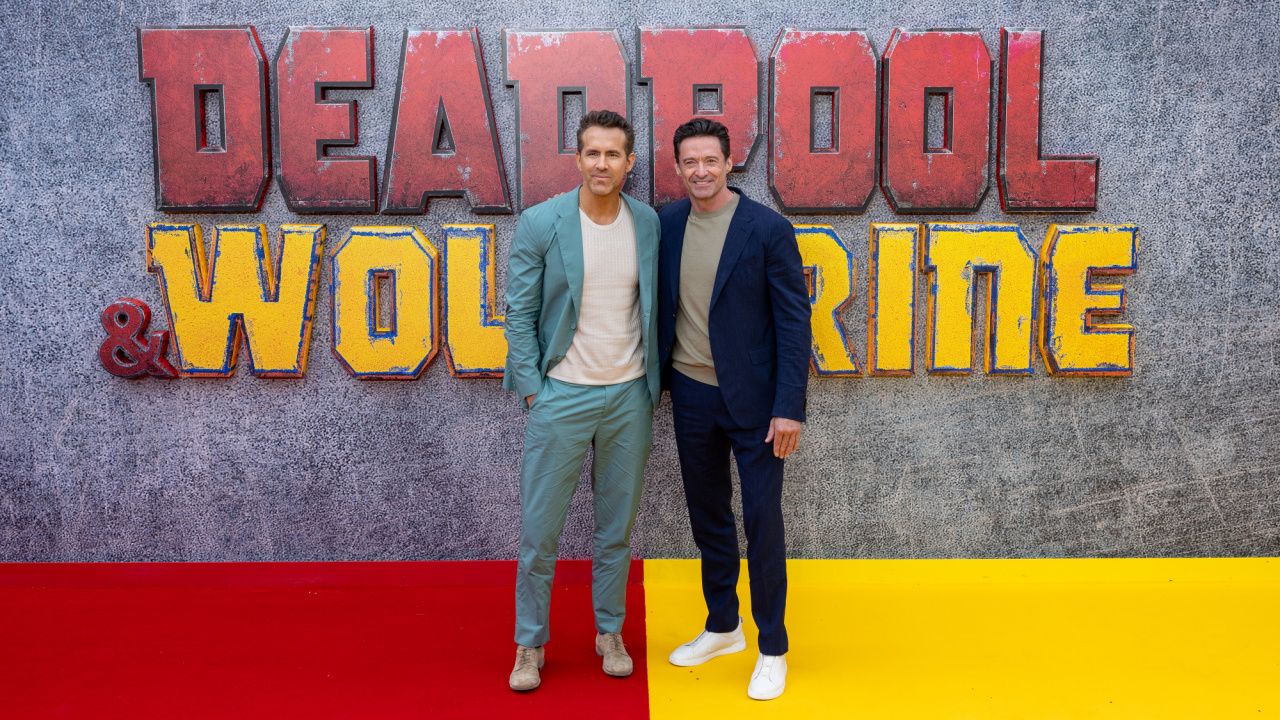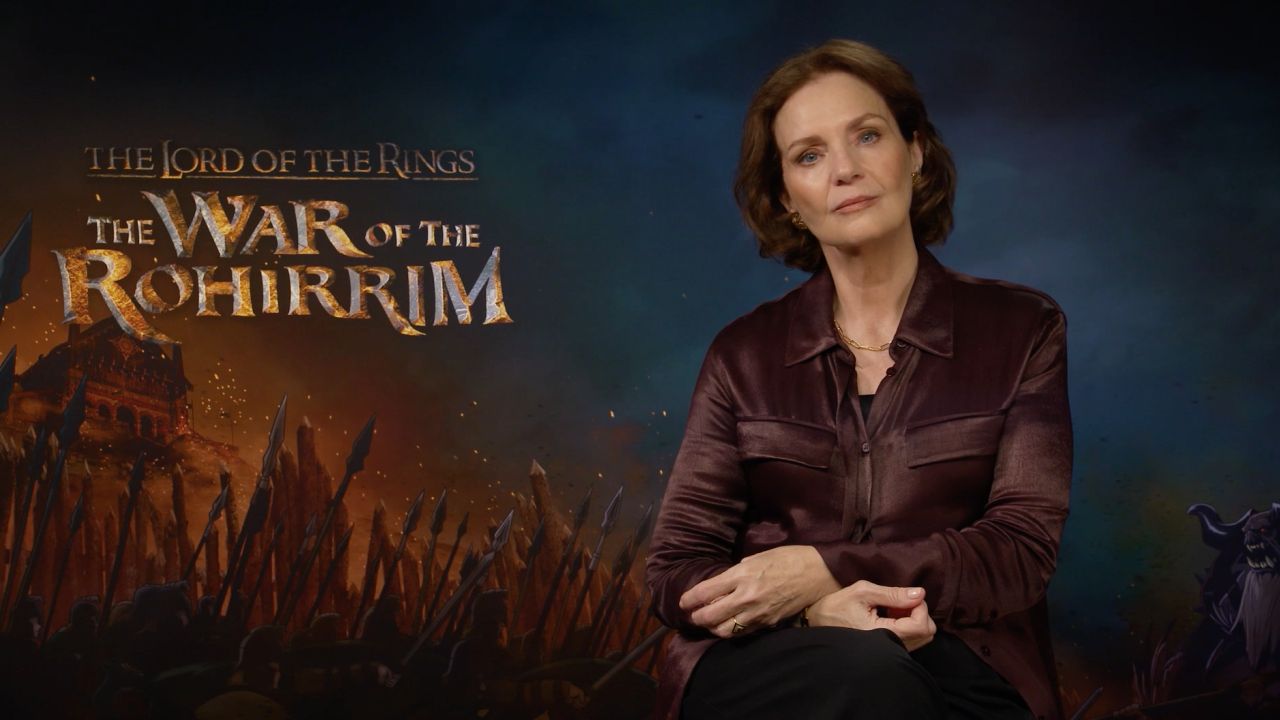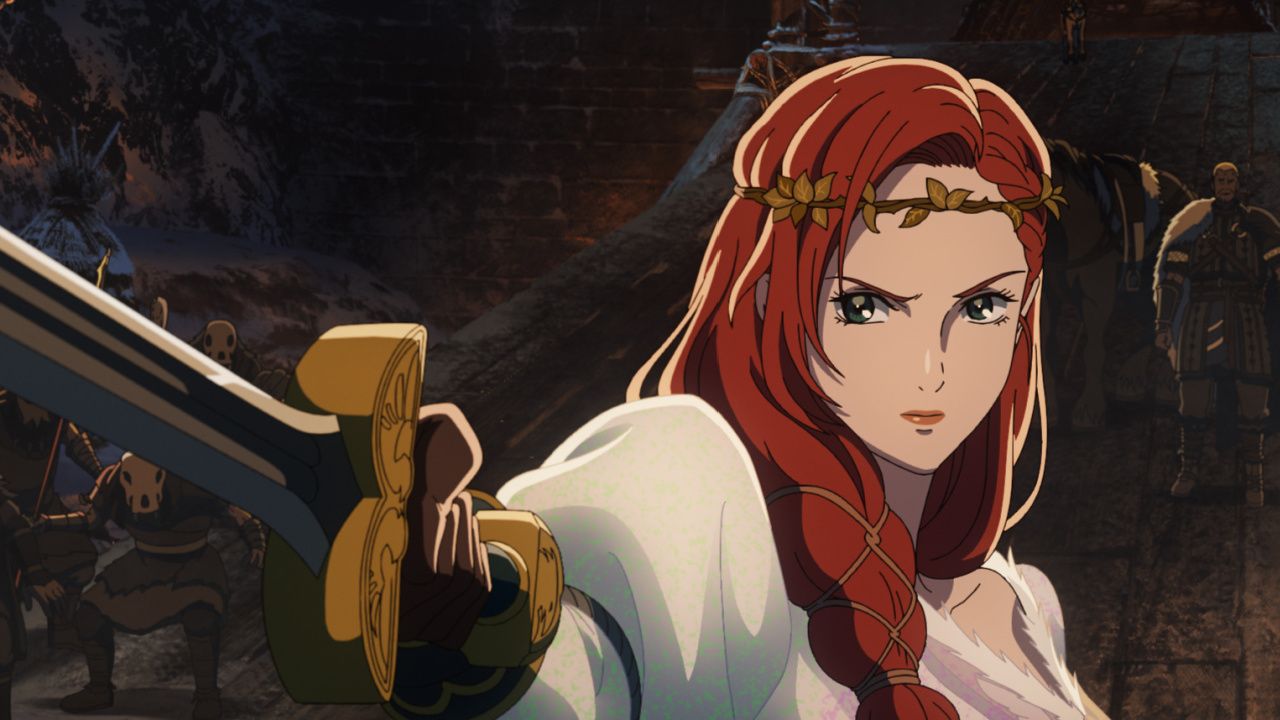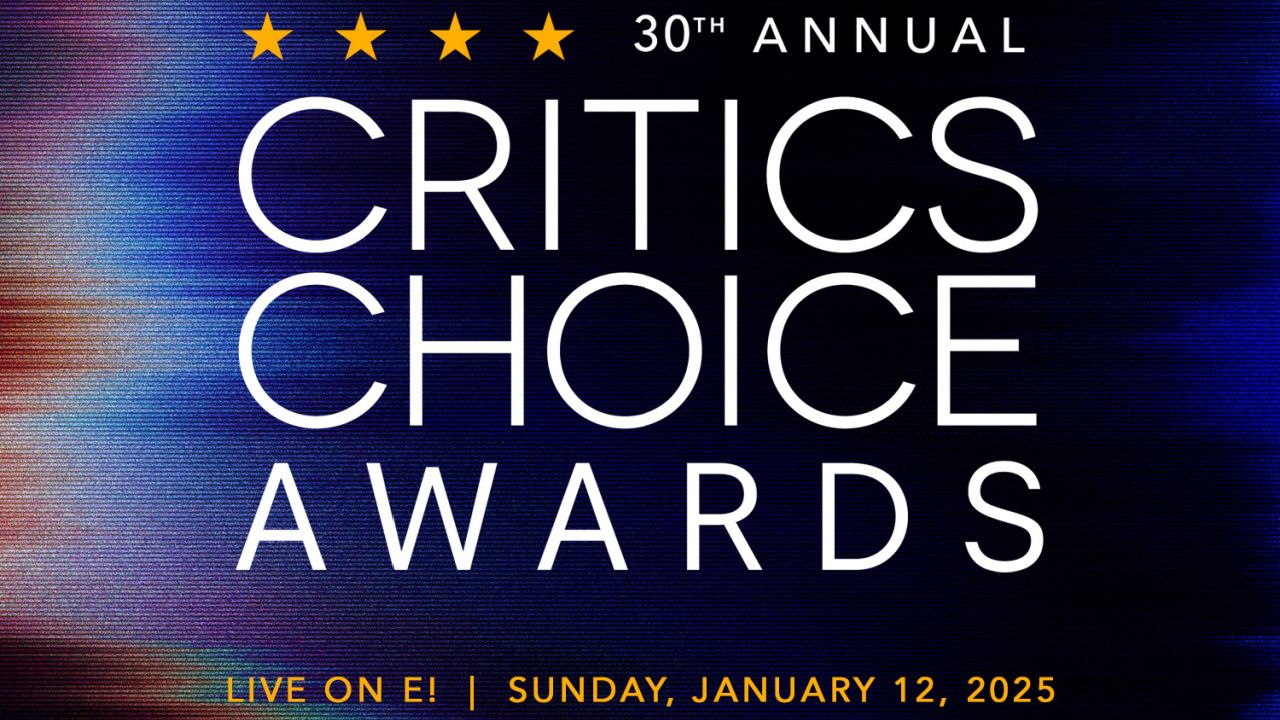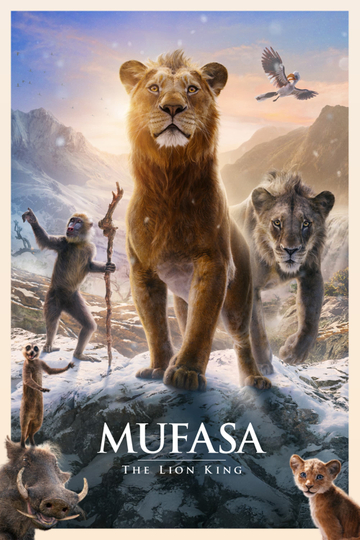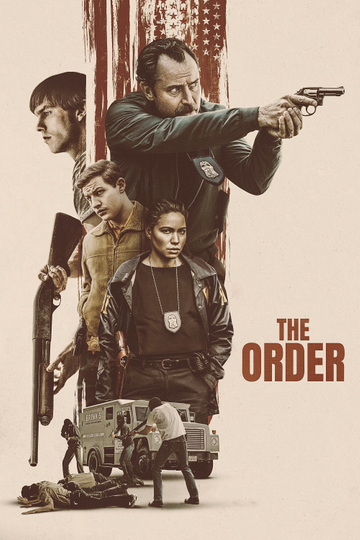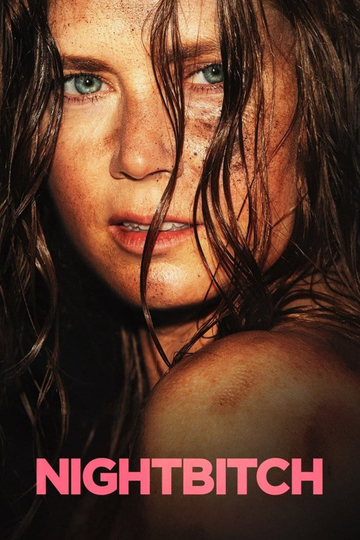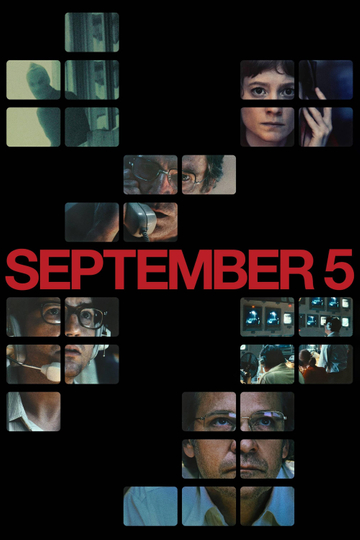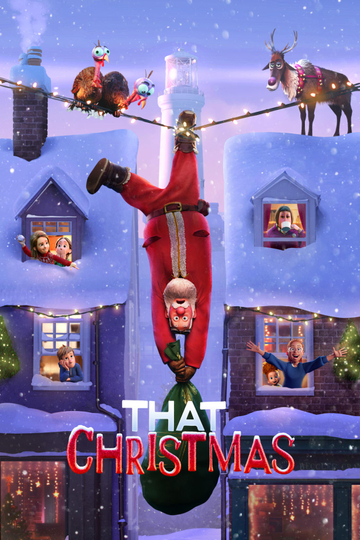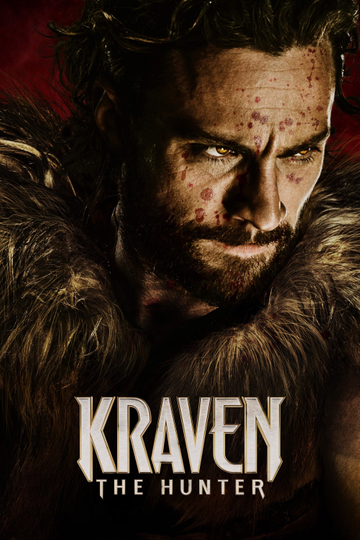18 Things You Never Knew About 'L.A. Confidential'
"L.A. Confidential" isn't just one of the best crime dramas of the past two decades; it's also one of the best movies -- period -- of the past two decades.
Released 20 years ago this week (on September 19, 1997), the film was faithful to the spirit of James Ellroy's epic noir novel of corruption and paranoia in 1950s La-La Land. It gave early Hollywood career boosts to Russell Crowe and Guy Pearce, made an A-list director out of the late Curtis Hanson, and even won an Oscar for Kim Basinger.
In addition to the movie's twisty mystery plot, "L.A. Confidential" had some behind-the-scenes mysteries as well. But now they can be told. Remember, you read it here first, on the Q.T., and very hush-hush.
1. Some of the events in the film are true. There really was a Christmas Eve police riot, and a lurid celebrity gossip magazine called "Hush-Hush." Screen goddess Lana Turner really did have a romance with mobster Johnny Stompanato. Not mentioned in the movie (but included in the novel) is that Stompanato was abusive toward Turner and that, in 1958, Turner's teenage daughter, Cheryl Crane, stabbed him to death, claiming he was assaulting her mother. (The stabbing was ruled a justifiable homicide.) It was one of the biggest Hollywood scandals of the 1950s.
2. Ellroy sold Warner Bros. the film rights to "L.A. Confidential," the third of four novels in his "L.A. Quartet" series, even before the book was published in 1990. His attitude was, "Thanks for the dough." Even the book's own author didn't think that the sprawling, 500-page novel -- which follows eight plot lines over a seven-year period -- was adaptable for the screen, so Ellroy assumed the film would never be made.
3. Hanson was a fan of Ellroy's novels, having grown up in the 1950s Los Angeles portrayed in Ellroy's work. His uncle owned JAX, a clothing boutique that catered to such Hollywood actresses as Natalie Wood and Marilyn Monroe. The uncle also owned a magazine called "Cinema," for which his high-school dropout nephew took photographs, interviewed golden-age filmmakers and actors, and eventually became editor-in-chief before going into filmmaking himself. He'd made some pulpy thrillers that Ellroy had admired ("The Bedroom Window," "Bad Influence") before finding commercial success with the glossier pulp suspense of "The Hand That Rocks the Cradle" and "The River Wild."
4. Hanson won over frequent Warners producer Arnon Milchan with a presentation much like the montage that opens the film. Hanson showed him a series of postwar postcards of sunny and glamorous Los Angeles that sold the dream, followed by lurid period crime photos, including some of movie star scandals, that showed the reality beneath the glitzy facade.
5.Brian Helgeland was a fellow Ellroy fan as well; he was also struggling as a screenwriter at Warners, writing medieval action sagas that never got made. When he heard the studio was adapting "L.A. Confidential," he wanted to be the screenwriter, but he couldn't shake the studio's perception of him as "the sword guy."
6. Learning that Hanson was attached to the project, Helgeland finagled a meeting with the director on the "River Wild" set, and both men realized that they had the same bright idea for adapting the book: Cut every scene that didn't involve one of LAPD detectives who were the three primary characters. Together, they'd spend two years revising and streamlining their screenplay.
7. Hanson insisted on casting little-known actors as detectives Bud White and Ed Exley, so that audiences wouldn't have any preconceived notions about what the characters were going to be like. As it turned out, both actors cast were Australian imports. Russell Crowe's performance as a violent skinhead in "Romper Stomper" convinced Hanson that he had the brutality necessary to play White, while Pearce's audition persuaded Hanson that he had the cagey intelligence required for Exley. (Hanson said he made a point of not watching Pearce in "The Adventures of Priscilla, Queen of the Desert" because "I didn't want to have my confidence shaken by watching him run around for two hours in a dress.")
8. Milchan stood up for Hanson's choice not to cast box office draws as his protagonists. His support, as well as Hanson's own passion for the project, allowed him to attract bigger names to the supporting roles -- Kevin Spacey, Danny DeVito, Basinger -- with just three weeks to go before the shoot began.
9. Another little-known Australian actor named Simon Baker Denny caught an early career break in the small but crucial role of male ingenue Matt Reynolds. Later, as The Mentalist."
10. In the movie, both White and Exley fall for call girl and Veronica Lake-lookalike Lynn Bracken, played by Basinger. She was 43 at the time of filming, 11 years older than Crowe and 14 years older than Pearce. That doesn't happen very often in Hollywood movies, though Ellroy said he approved of the "maternal aspect" that the age difference between Basinger and Crowe gave to their characters' romance.
11. Hanson managed to film his lush period piece with a budget of just $35 million. Much of the credit goes to his location scouts, who were miraculously able to find some 60 locations in Los Angeles that still looked like they did in 1953. The only set that had to be built from scratch was the Victory Motel, in part because the already ramshackle lodging is all but turned to Swiss cheese during the movie's climactic gun battle.
12. Ellroy said he was "very, very taken" with Hanson and Helgeland's adaptation, despite the many changes and cuts from his novel. He still felt their script kept his characters and themes intact. "I've long held that hard-boiled crime fiction is the history of bad white men doing bad things in the name of authority," he told the Dallas Observer while promoting the film's release. "They stated that case plain."
13. Ellroy even liked the scenes Hanson and Helgeland had invented, like that final shootout (above), though he didn't think it would work when he read the script. "Two guys holed up in a room where they kill fifteen guys -- it's bulls**t," Ellroy said of the scene as written. "But you know what? It's inspired bulls**t."
14. Warners turned down Hanson's request to submit "L.A. Confidential" to the Cannes Film Festival, reasoning that the French fest would be biased against a big-studio production. Hanson went behind the studio's back, submitted the film anyway, and was rewarded with a screening that was well-received by critics.
15. "L.A. Confidential" was a modest box office hit, earning $65 million in North America and a total of $126 million worldwide.
16. The movie was nominated for nine Oscars, including Best Picture, Director, Production Design, Cinematography, Editing, Score, and Sound Mixing. It won two -- Best Supporting Actress and Best Adapted Screenplay -- but it lost in all other categories to "Titanic." 17. Basinger's performance is one of the shortest ever to win an Oscar; she's on screen for just 15 of the film's 138 minutes. Still, as the biggest box-office name in the film, she was foregrounded in the poster art and featured prominently in the trailer.
18. In 1999, there was an attempt to turn "L.A. Confidential" into a TV series. A pilot was shot, starring Cougar Town" star Ghost Whisperer" David Conrad in Pearce's role, Pruitt Taylor Vince (in DeVito's part), Melissa George (as Lynn Bracken), and Eric Roberts in David Strathairn's role as upscale pimp Pierce Patchett. The pilot was never picked up as a series, but it finally surfaced a decade later on the movie's Blu-ray. CBS recently announced a new adaptation for TV.
L.A. Confidential

